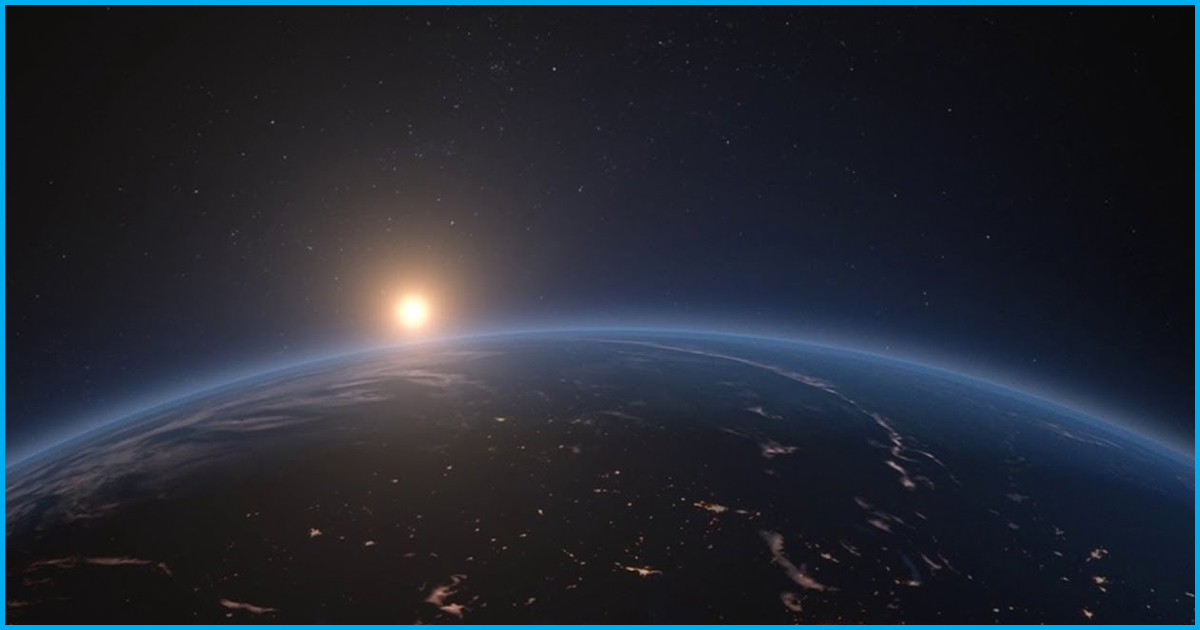The ozone layer is gradually recovering at a rate of 1 to 3 per cent every decade, says a UN study.
The ozone layer is the protective covering over the earth’s atmosphere that shields life from hazardous radiations entering the earth from the sun. It protects from Ultraviolet radiations and other harmful spectral agents that possibly can be carcinogenic.
The UN study report released on November 5 has recorded the closing of the ozone layer hole in the Antarctic region, predicting a complete recovery by 2060.
Healing Process
The authors of the UN report have produced evidence to indicate the recovering status of the ozone layer in various parts of the stratosphere at the rate of 1-3% per decade since the year 2000. The report has predicted the complete healing of ozone hole at the Northern Hemisphere and mid-latitude by the year 2030 followed by the Southern Hemisphere in 2050 and the Polar Regions within 2060. The successful healing process is attributed to the Montreal Protocol that banned ozone layer depleting gases and chemicals, and UN report said that it is the first time there are positive indications of recovery in the Antarctic zone. After a four year assessment by the United Nations Environment and World Meteorological Organisation, there is evidence for recovery in the ozone hole.
The scientists have struggled to find out any emerging recovery indications in the Arctic zone due to substantial annual variations.
However, the report has also pointed out to at least one violation of the Montreal protocol due to a sudden increase in emission of CFC -11 from the eastern region of Asia recorded since 2012. The countries that recorded with violation remains unidentified as of the report, and it has cautioned a delay in the healing process by 7 and 20 years in the mid and polar regions respectively if the violation persists.
Fruitful efforts
The ozone recovery process needs continuous efforts and support from all countries. The thin shield lying 15-45 Km in the atmosphere is sensitive and vulnerable to chlorofluorocarbons, cooling agents and aerosols.
The UN Environment head Erik Solheim said that the Montreal Protocol is the main reason for the success that included a contribution from authoritative science researches that led to collaborative actions for more than 30 years.
The protocol has defined new guidelines for sustainable future recovery that would be implemented from 1 Jan 2019 after collaboration with climate change laboratories to curb the effects and phase out the hydrofluorocarbons and greenhouse gases. It is complied with the Kigali amendment to reduce global warming and control HFC emissions. It is essential now to take efforts, as the Intergovernmental Panel on Climate Change (IPCC) has come up with a warning to reduce global warming as it would have a huge impact on society and the ecosystem.











